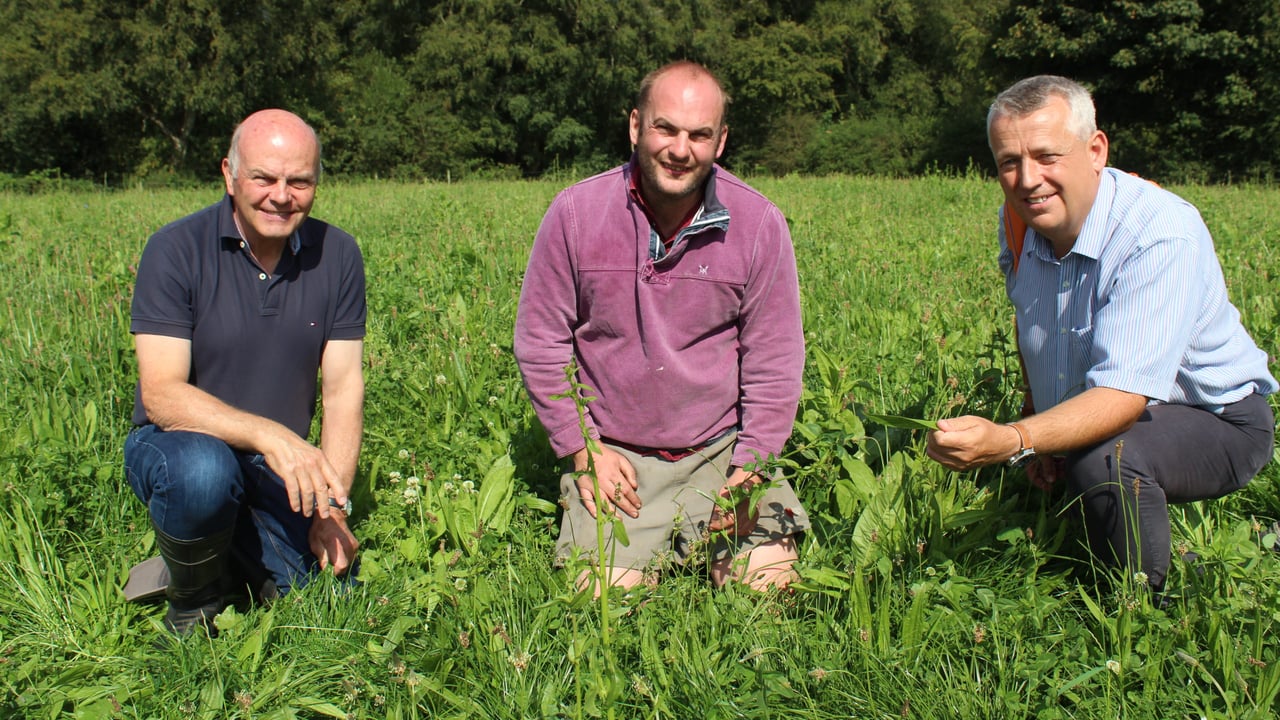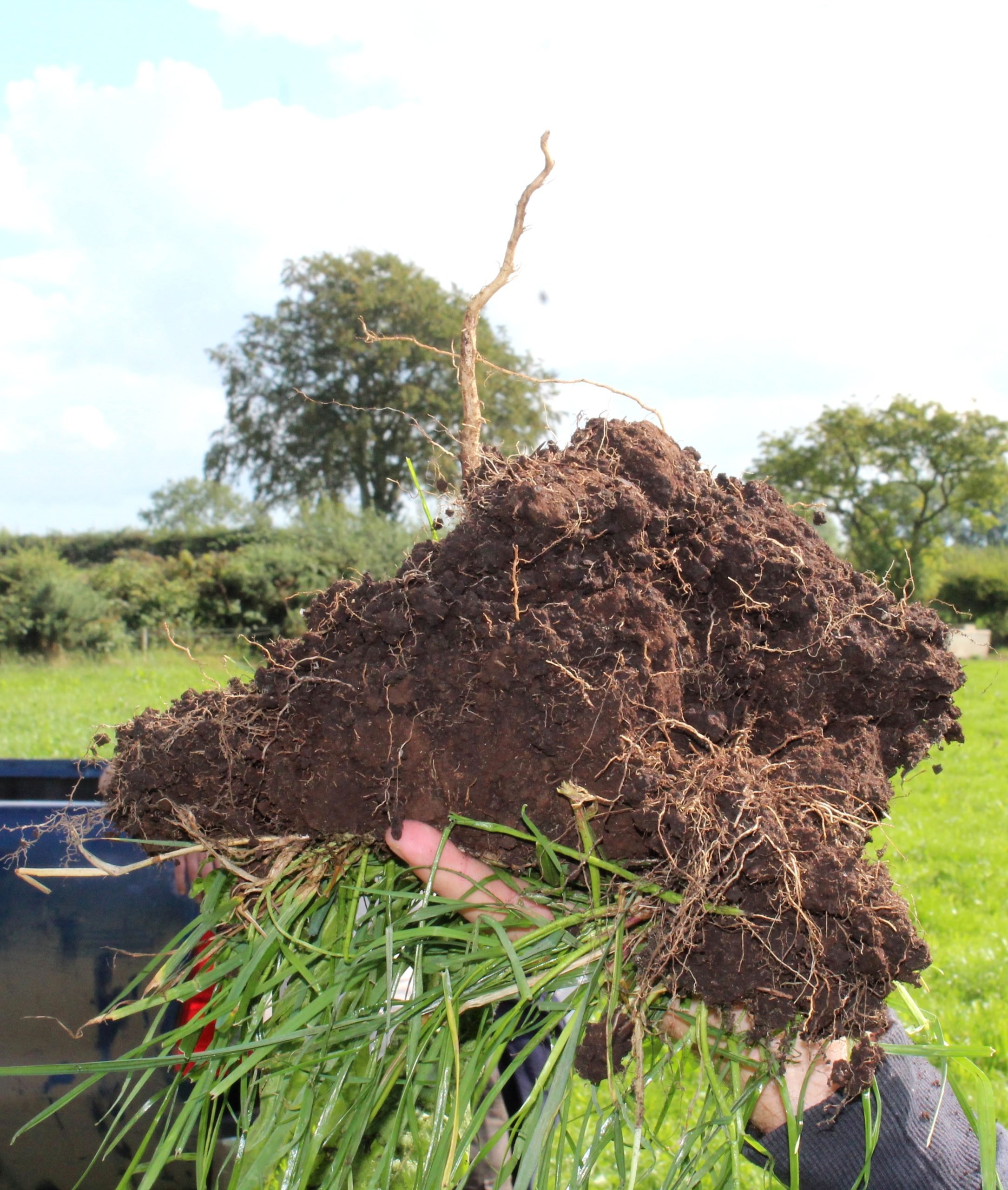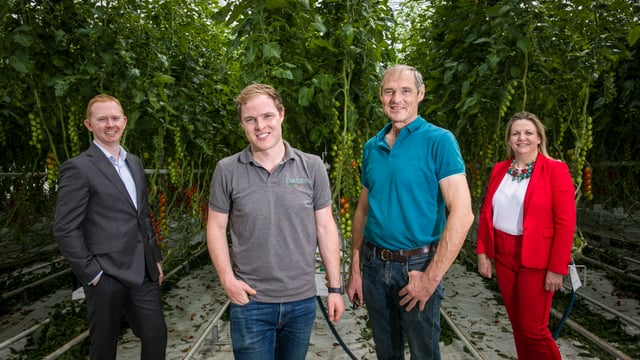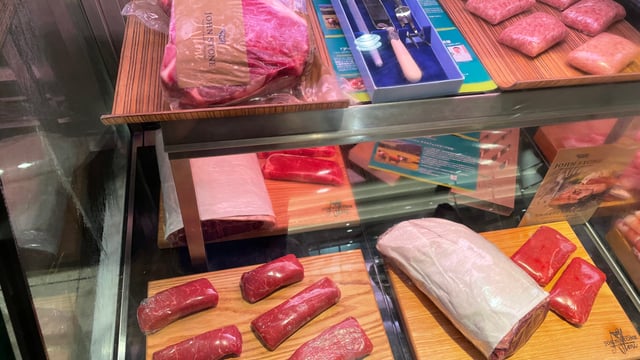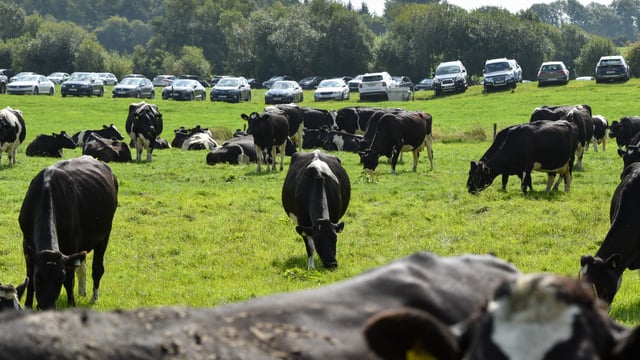Multi-species sward integral part of grazing regime on NI dairy farm
A multi-species sward, established last year, is now an integral part of the grazing regime on the ARCZero dairy farm of Hugh Harbison.
The Aghadowey man milks 180 autumn-calving cows along with his father Thompson. Their farm extends to 100ha. The cows are currently averaging 6,268L at 4.40% butterfat and 3.54% protein.
The cows calve over a 12-week period and receive just over 2.5t of concentrates per lactation.
“The multi-species sward is producing 8-10t of dry matter per hectare. It has received no bag nitrogen at all, just slurry," Hugh explained.
“Forage covers are estimated with a plate meter. The cows found it a bit strange at the start. But they have taken to the new sward very well over the past few months.
“We have dry cows on the multi-species swards at the moment; they just love it," he said.
The new sward comprises a mix of timothy, chicory, plantain and clovers. It was established 14 months ago, courtesy of a direct drilling project.
“Some of the herbs might die out over time, leaving only grass and clover,” Hugh continued. "But we will be able to work around that.”
The site chosen for the multi-species sward is at the bottom of a hill, very close to an existing drain. It is an area of the farm that can get very wet at the extreme ends of the grass growing season.
“We had great difficulty getting silage off that particular area of the farm,” Hugh explained.
Hugh and Thompson hosted an recently ARCZero open day, which attracted 300 visitors.
Agri-Food and Biosciences Institute (AFBI) research scientist. Dr. Rachel Cassidy. spoke at the event.
“The specific location of the multi-species sward was selected for a number of reasons,” she explained.
“Chief among them was its position at the bottom of a hill and its proximity to a main field drain. In the past, nutrient run-off from the hill would have flown directly into the drain, thereby impacting on the quality of the water coming from the farm.
Hugh and Thompson Harbison will be implementing a number of mitigation measures, all designed to reduce the carbon footprint of their farm.
The impact of these new farm management procedures will be independently assessed over the coming years.

